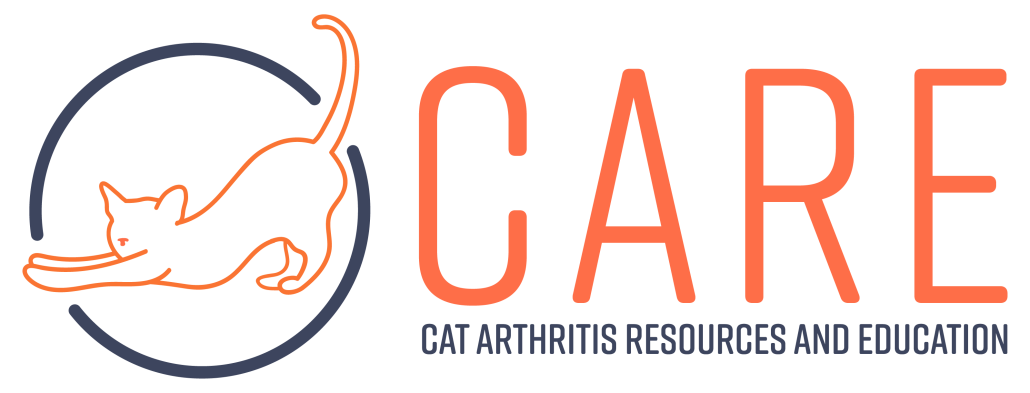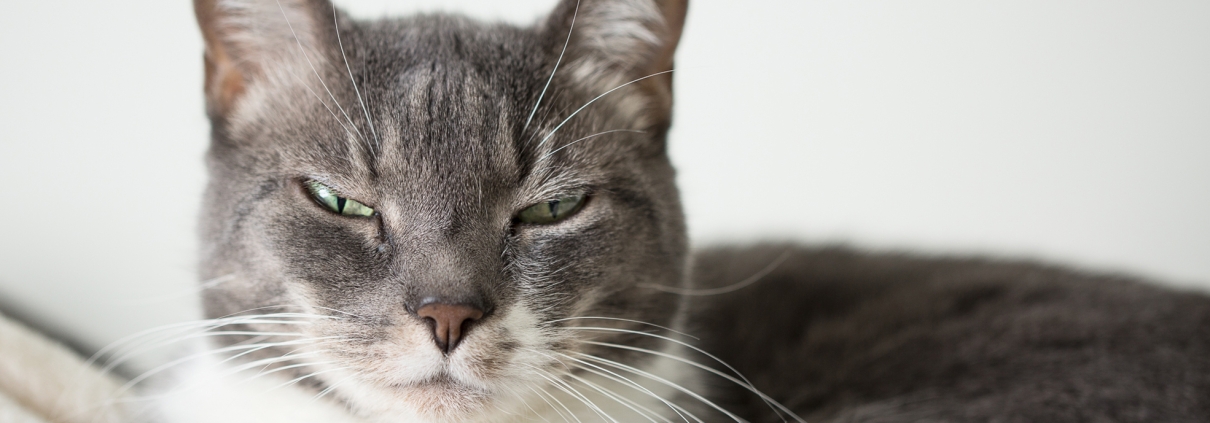Managing Feline Osteoarthritis
Effective management of osteoarthritis (OA) in cats requires more than prescribing a single medication.
A whole-cat approach—addressing pain, nutrition, lifestyle, rehabilitation, and owner education—ensures better outcomes and improved quality of life. Because cats mask pain and tolerate treatment modalities differently from dogs, individualized, multimodal care is essential.
The CARE Quad Framework organizes management into four pillars:
- Pain Management
- Nutrition & Weight Control
- Lifestyle & Environmental Modifications
- Rehabilitation Techniques
Not every therapy is appropriate for every patient, but understanding the range of options allows veterinary teams to design tailored, evidence-based treatment plans.
1. Pain Management
- Injectable monoclonal antibody therapy (e.g., Solensia®): Monthly treatment targeting nerve growth factor.
- NSAIDs (e.g., robenacoxib/Onsior®): May be used under close monitoring for renal/hepatic safety.
- Adjunctive medications: Gabapentin, amantadine, or tramadol can be considered for neuropathic or refractory pain.
- Polysulfated glycosaminoglycan (Adequan®): Often administered SQ in cats; some positive clinical experience reported.
- Joint injections: Steroids, hyaluronic acid, PRP, or stem cell therapies—used less frequently in cats, but possible in select cases.
- Surgical options: Femoral head and neck ostectomy (FHO) or total hip replacement for severe hip OA; other joint procedures may be considered.
2. Nutrition and Weight Management
- Weight reduction: Obesity worsens joint stress and inflammation; even small losses improve mobility.
- Therapeutic diets: Prescription formulations (e.g., Hill’s k/d + j/d) address concurrent conditions and provide joint support.
- Omega-3 fatty acids: Marine-based (fish oil, green-lipped mussel). Require high-quality, contaminant-tested products with certificates of analysis. Introduce gradually to minimize GI upset.
- Supplements: Evidence does not support glucosamine/chondroitin in cats. Focus instead on omega-3s and prescription diets.
3. Lifestyle and Environmental Modifications
- Accessibility: Ensure food, water, and litter boxes are on one level; provide low-entry litter pans sized to 1.5× body length.
- Mobility aids: Ramps, steps, and stable platforms help maintain vertical space access.
- Surfaces: Rugs or yoga mats improve traction on slick floors.
- Comfort: Soft, orthopedic bedding and self-heating pads support joint relief.
- Enrichment: Encourage short play sessions (2–5 minutes), stalking/pouncing activities, and low-impact hunting-style toys to maintain muscle tone and mental well-being.
4. Rehabilitation and Complementary Therapies
- Therapeutic exercise: Light activity to preserve muscle mass and flexibility.
- Modalities: Laser therapy (in-clinic), pulsed electromagnetic field therapy (e.g., Assisi Loop®) can be helpful adjuncts.
- Manual therapy: Gentle massage or stretching when tolerated.
- Acupuncture: Effective in select patients; requires experienced practitioners skilled in feline handling.
Clinical Application for Veterinary Teams
- Diagnostics: Frame OA as a painful disease process, not “normal aging.” Combine history, orthopedic exam, and imaging when possible.
- Owner education: Provide clients with home observation tools (video capture of mobility tasks, behavioral checklists). Reinforce that changes in grooming, play, or jumping are red flags.
- Treatment planning: Start with the foundations (analgesia, weight management, environmental changes) and layer in additional therapies as indicated.
- Monitoring: Regular rechecks and owner feedback help adjust protocols and ensure ongoing pain control.
Key Takeaway
Feline OA requires a multimodal, individualized approach. By integrating pharmacologic, nutritional, lifestyle, and rehabilitative strategies, veterinary teams can transform arthritis from a silent, progressive disease into a condition that is actively managed—preserving mobility, comfort, and the human–cat bond.


